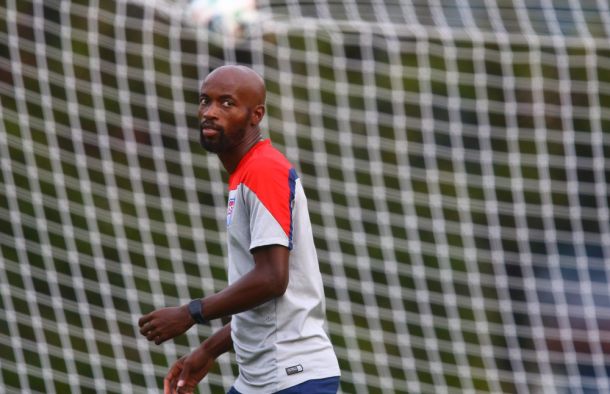The timing seemed very right for a return to where it all began for United States Men's National Team defender DaMarcus Beasley. The 32-year-old from Fort Wayne, Indiana was out of a contract after Liga MX side Puebla decided to not bring him back and he was coming off of a solid showing in the 2014 FIFA World Cup playing in a converted position.
Rumors had been swirling in the recent past that Beasley may be close to a contract with Major League Soccer but the question remained who would be the team to pick up the former Los Angeles Galaxy and Chicago Fire player? Beasley would have to come through the allocation order because he was sold to PSV Eindhoven in 2004 for a transfer fee of $2.5 million but Toronto FC held the top spot in the allocation ladder. They already had three DPs on their squad but our answer came early Wednesday morning.
Finally the picture looked to be clearing as the Houston Dynamo pulled off a trade with Toronto FC on Wednesday which saw midfielder Warren Creavalle sent to Toronto in exchange for an undisclosed amount of allocation money. In addition, the two clubs swapped places in the allocation order meaning Houston was now in possession of the top spot.
It would only be hours later that Houston would confirm everybody's suspicions when they officially announced the signing of DaMarcus Beasley to a two-and-a-half year deal that would make him a designated player. There were also reports saying that would not be the only deal made by the club as they were in "advanced talks" to bring in another player that played at the World Cup and that it was not an American.
The next thing to think about in regards to this deal is where will Beasley fit into the Houston Dynamo system? Do they put him at left-back in an attempt to fix their struggling defense or will they play him on the left side of midfield and push Brad Davis to a more central role?
The answer is simple really given the current state of the squad and their new potential signing. The best place for Beasley will be at left-back considering how often he likes to press forward and given his past experience in the midfield. Imagine that left side of attack with Brad Davis feeding an overlapping DaMarcus Beasley into the corner. There is not a right-back in Major League Soccer who will be able to defend that side.






































